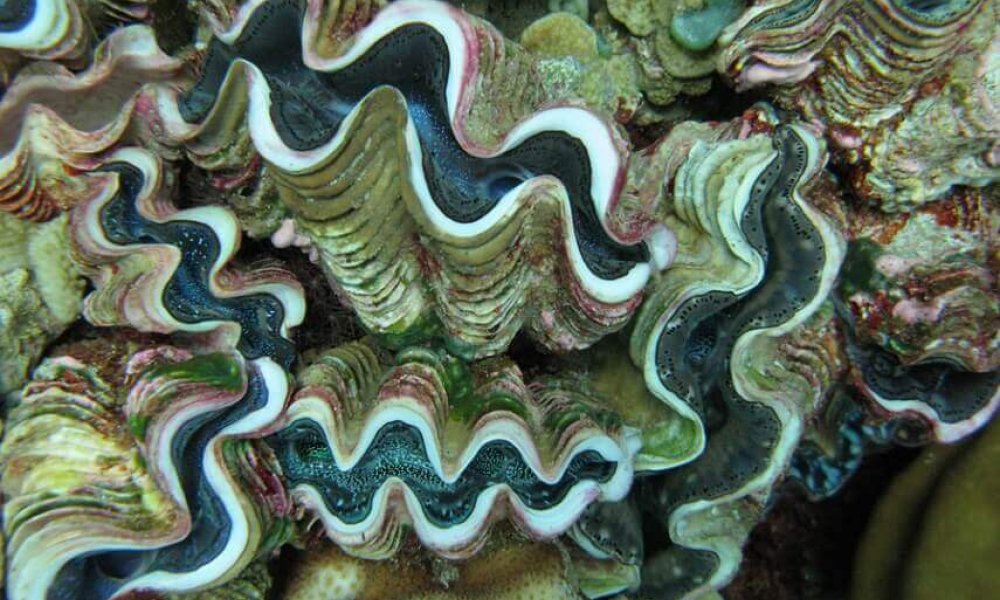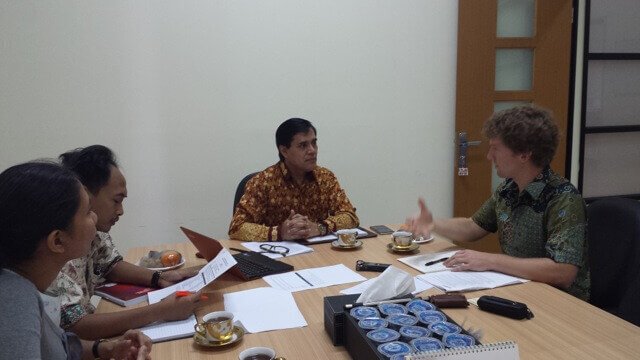The challenge
From 1982 to 1997, the Australian Centre for International Agricultural Research (ACIAR) invested A$3.5–4 million, across eight countries and four research projects on giant clams and their contribution to sustainable livelihoods. Economic activity and environmental changes threaten the species, which remain listed as endangered under the Convention on International Trade in Endangered Species of Wild Fauna and Flora. Sustineo assessed the impact of ACIAR’s research on giant clams on long-term knowledge exchange, conservation efforts, and economic development opportunities in partner countries.
Our approach
Throughout the project, Sustineo worked closely with ACIAR’s Research Manager. The Sustineo team integrated ACIAR’s internal impact assessment methodology with the Knowledge Systems-RAPID (Research and Policy In Development) framework. Our team designed a mixed methods approach which included fieldwork in giant clam hatcheries, marine protected areas, universities and ecotourism sites which use clams sourced from ACIAR projects.
In addition to a wider assessment of giant clam research impact in the Indo-Pacific region, Sustineo conducted detailed assessments of clam hatcheries based on fieldwork in the Philippines and Solomon Islands. Drawing on qualitative data, our team interviewed 32 key informants involved in giant clam research, industry, and conservation.
Outcome
Sustineo’s Impact Assessment revealed the influence of ACIAR’s investments in the creation of knowledge on giant clams; the capacity of core researchers and institutions; and the economic impacts on the giant clam market within the Indo-Pacific. Sustineo found that ACIAR successfully supported the capacity development of local research and the production of highly salient and credible knowledge on giant clam biology and culture techniques. However, there were mixed results for the transfer of this knowledge to economic activities and the wider conservation of giant clams.
The impact assessment methodology designed by Sustineo extended ACIAR’s standard methodology, and showed how the RAPID framework could be applied in different settings and in in conjunction with other impact assessment methods.


